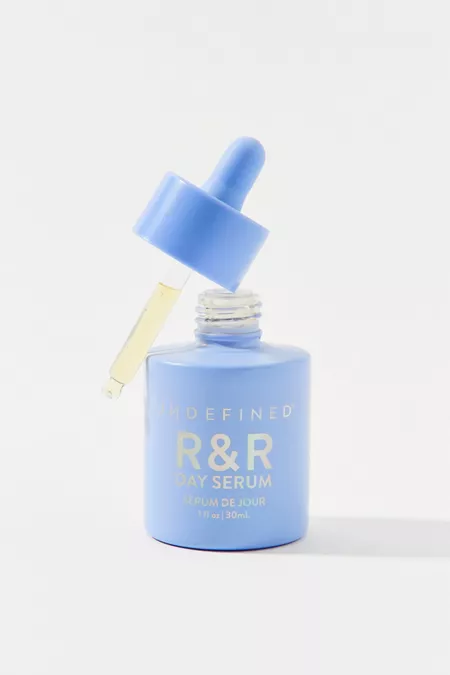
This story originally appeared in the August issue of ESSENCE Magazine.
About two years ago I had a heart to heart with my hair. I was just coming off my most amazing hair ever (thanks, pregnancy!), but suddenly, it was feeling thin and brittle. It had been about a year and a half since my last relaxer, and my strand looked as if they’d been through major trauma. I had a decision to make: I could jump on the natural bandwagon— bit if the past few months of growing out this relaxer were any indication, it’s definitely not for me—or I could keep relaxing.
A stylist suggested that I get a keratin treatment. My first thought was, Do Black people do that? I’m pretty experimental with my strands—I’ll try anything at least once. So I went for it. My results? It has changed my hair life(I get a treatment every three months.) I typically wear my hair straight, so my being able to complete a blow-out and flat iron in less than an hour is game-changing. And when I decide to go curly, I don’t worry about frizz. My hair also detangles more easily and sheds a lot less.
Although I may sound like a walking keratin ad, I’ll say this: It isn’t for everyone. Consider the risks fo the treatment and talk to a pro before styling. Senior colorist and keratin aficionado Meri Kate O’Connor of Eva Scrivo Salons broke things down for me while giving me a treatment.
How do keratin treatments differ from relaxers?
Keratin is protein. After tresses are cleansed with a clarifying shampoo, the treatment is applied, washed out and then sealed in with the heat of a blow-dryer and flat iron. Keratin will typically fade out of the hair in three to five months and your texture will return to its natural state. Relaxers permanently change the bonds of your hair, so in order to see your natural texture, you have to grow out the chemically treated locks.
How can curly textures benefit from keratin?
Most curly hair is naturally drier and, therefore, more susceptible to frizz. Keratin will help combat it while maintaining your curl. A unique product is Kerasilk by Goldwell, a two-part customizable process in which your stylist chooses the smoothness level of the solution. The treatments come in different strength. Try the medium-strength or intense smooth version to keep your curl pattern while eliminating frizz.
Can you apply keratin over a relaxer or color?
You can do a keratin treatment over a relaxer as long as the relaxer is nonacidic. There are no negative effects when using keratin on color-treated hair, but you should do it two weeks before, two weeks after or on the same day you color to ensure optimal results.







What are some misconceptions about keratin treatments?
A big one is that they damage the hair. the opposite is true when the process is done correctly, as the keratin will help seal the cuticle and make your tresses look and feel healthier. Damage occurs when stylists improperly flat-iron the hair or choose the wrong formula for their client. There have also been concerns about the formaldehyde in these treatments, but the FDA has regulated the percentage allowed in the formulas to levels that are considered safe. It’s important that you go to a reputable salon, see a stylist who specializes in keratin services and have it done in a well-ventilated area.






